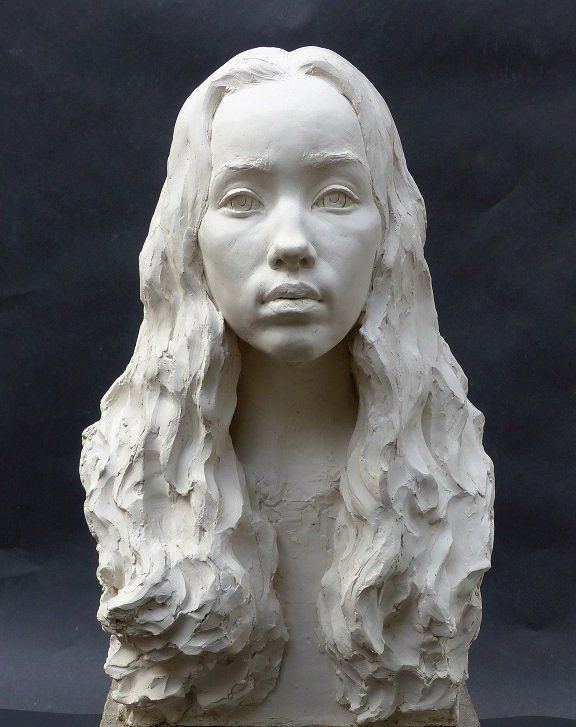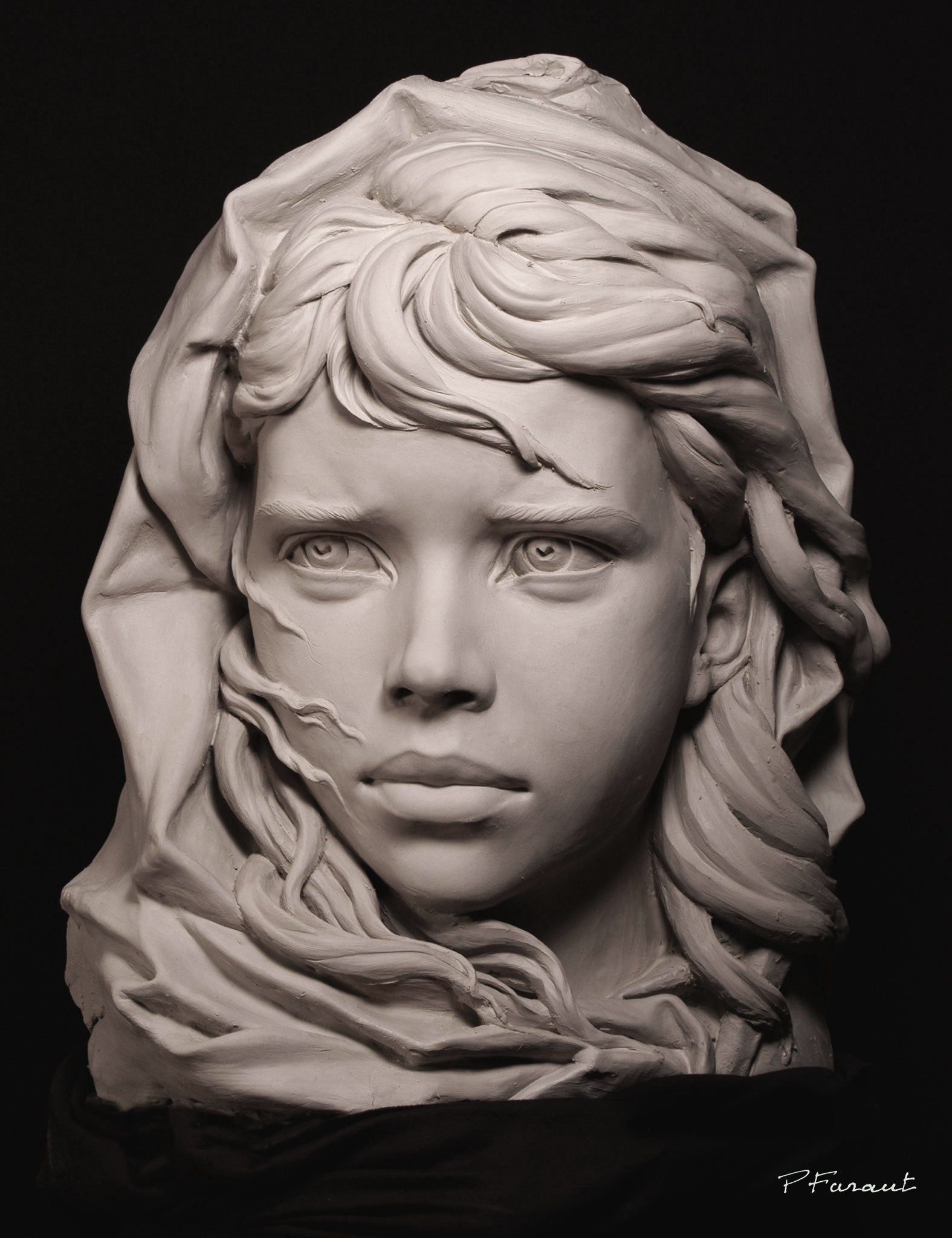The Advancement of Sculptures: From Old to Modern
The Development of Sculptures: From Ancient to Modern. Robert C Hitchcock Sculptor.
Sculpture, one of the oldest types of art, has actually been an indispensable part of human civilization for millennia. From the old worlds of Egypt and Greece to the modern age, sculptures have advanced, showing adjustments in imaginative strategies, materials, and cultural influences. This trip with time traces the development of sculptures, checking out the shifts stylishly, subject matter, and artistic expression.
Starting with the ancient globe, sculptures crafted from rock and later bronze caught the essence of deities, leaders, and everyday life. The Renaissance period witnessed a rebirth of classical sculpting techniques, as artists looked for to replicate the stylish kinds of ancient Greek and Roman sculptures (Robert C Hitchcock Sculptor). In the modern era, musicians tested conventional borders, embracing abstraction and testing with brand-new products
This expedition will look into the diverse development of sculptures, revealing the rich tapestry of creative expression across different periods and societies.

Old Sculptures: From Rock to Bronze
Ancient sculptures transitioned from being taken of stone to being cast in bronze. This change noted a substantial development in the art of sculpture, enabling for better improvement and detail in the ended up jobs. Stone sculptures, while outstanding in their own right, were restricted by the nature of the product. Rock required extensive sculpting and forming, usually resulting in a more simplified representation of the topic.
The intro of bronze as a tool for sculptures produced a change in creative expression. Bronze provided sculptors the possibility to create lifelike and elaborate forms that were not possible with stone. The procedure of casting bronze permitted the production of numerous duplicates of a sculpture, enabling broader circulation and preservation of these artistic work of arts.
The transition from stone to bronze also saw a shift in the subject matter of sculptures. While rock sculptures primarily illustrated gods, sirens, and mythical numbers, bronze sculptures began to reflect a broader variety of topics, consisting of day-to-day people and pets. This growth of subject matter showcased the adaptability and flexibility of the bronze medium.
Renaissance Resurgence: Forming in the Classic Design
The Renaissance rebirth of sculpture saw a resurgence in the classic style, structure upon the advancements made during the change from stone to bronze in ancient sculptures. Throughout this duration, musicians sought to recreate the classical aesthetic and ideals of appeal that were prevalent in old Greek and Roman sculptures.
One of the crucial characteristics of the Renaissance revival was the focus on naturalism and the human form. Sculptors like Donatello and Michelangelo strove to record the anatomical details and expressions of their topics with extraordinary precision. They researched the body and included their monitorings right into their sculptures, causing realistic and natural representations.
An additional essential facet of the Renaissance revival was the expedition of viewpoint and deepness. Musicians used strategies such as contrapposto, where the weight of the body is changed to one side, creating a feeling of movement and dynamism. They additionally trying out different materials, including marble and bronze, to achieve a level of sophistication and details in their sculptures.

Innovation and the Avant-Garde: Breaking Traditional Boundaries
During the Innovation and Avant-Garde movements, carvers pushed the limits of traditional creative conventions. This duration, which emerged in the late 19th and very early 20th centuries, saw a remarkable shift in the way musicians came close to sculpture. Rejecting the idea of art as mere imitation, modernist sculptors sought to explore new types, products, and ideas.
One of the essential features of modernist sculpture was the emphasis on abstraction. Sculptors relocated away from reasonable representations and rather focused on recording the essence of the topic via streamlined types and geometric forms. This separation from standard representation enabled artists to reveal their emotions and concepts in a much more individual and subjective fashion.

Contemporary Sculptures: Checking Out New Products and Concepts
With an emphasis on discovering new materials and principles, modern sculptures have revolutionized the area of art. Artists today are pressing the limits of traditional sculpture by utilizing innovative products and trying out with abstract principles. These sculptures test traditional ideas of definition, type, and materiality, welcoming visitors to participate in a new and provocative creative experience.
Contemporary carvers are welcoming a wide variety of materials, including plastic, glass, steel, and even raw material. They are not limited to the conventional medium of stone or clay, permitting higher freedom of expression and experimentation. This shift in the direction of unique products has actually opened up new possibilities for musicians to produce sculptures that are dynamic, interactive, and aesthetically striking.
In enhancement to checking out brand-new materials, contemporary sculptures likewise look into complex and abstract ideas. Musicians are currently discovering styles such as identity, social problems, and the environment, using sculpture as an effective medium for social discourse and self-questioning. These sculptures challenge audiences to assume seriously and involve with art on a much deeper degree, triggering discussions and prompting psychological actions.
Global Impacts: Sculptural Practices From All Over The World
Sculptural customs from different areas of the globe have significantly formed the advancement of sculptures throughout history. The worldwide impacts on sculpture have actually been diverse and have actually contributed to the splendor and range of imaginative expressions. From the ancient human beings of Egypt, Greece, and Rome to the complex carvings of Asian societies, each region has actually developed its special sculptural traditions that have actually affected musicians across time.
In old Egypt, sculptures were produced primarily for funerary and spiritual purposes. The iconic sculptures of pharaohs and gods, such as the Great Sphinx and the breast of Queen Nefertiti, showcase the Egyptians' proficiency of rock carving and their idea in the immortality.

In old Rome, sculpture offered both political and imaginative objectives. Roman sculptures frequently depicted emperors, generals, and mythological figures, mirroring the power and magnificence of the empire. The marble statuary of Augustus of Prima Porta and the significant Arch of Constantine are notable instances of Roman sculptural achievements.
Eastern sculptural customs, especially in India, China, and Japan, have also had a profound impact on the evolution of sculptures. Japanese sculptures, influenced by Buddhism, emphasize simplicity and peace, seen in the tranquil statuaries of Buddha and the elegant art of bonsai.
The international impacts on sculpture proceed to progress in the modern-day era. As we look to the future, it is particular that the global impacts on sculpture will certainly proceed to shape and redefine this ancient art form.
Final Thought
In verdict, the evolution of sculptures has seen a change from old rock and bronze functions to the classical revival during the Renaissance. Today, contemporary sculptures discover new materials and principles, while also attracting inspiration from global sculptural customs.
From the old civilizations of Egypt and Greece to the modern age, sculptures have advanced, showing changes in artistic strategies, products, and social impacts.Starting with the old globe, sculptures crafted from rock and later on bronze recorded the significance of deities, rulers, and day-to-day life.Ancient sculptures transitioned from being sculpted out of stone to being cast in bronze. While rock sculptures mainly illustrated gods, sirens, and mythological numbers, bronze sculptures began to mirror a more comprehensive array of topics, including try this site everyday people and animals.In conclusion, the advancement of sculptures has actually seen a change from old rock and bronze functions to the timeless revival during the Renaissance.